HOT PRODUCTS
Choosing the right water dispenser setup is more than a matter of aesthetics—it directly affects how your operation runs day to day. In HoReCa environments where space, performance, and reliability are always under pressure, the decision between a countertop water dispenser and a freestanding unit needs to be based on more than just the visual footprint. Each format has distinct advantages, and understanding their differences is crucial for making the most efficient use of your workspace while delivering consistent water access for staff or guests.
The HoReCa countertop water dispenser is specifically designed for compact integration. It typically fits on existing work surfaces or behind service counters, requiring no dedicated floor space. This makes it a natural fit for commercial kitchens, cafés, or boutique hotel lounges where surface area is limited and every inch counts. By sitting directly within reach, these units allow for faster water access and help reduce unnecessary movement across busy service zones, improving workflow and minimizing downtime.
Freestanding units, on the other hand, are often chosen for larger, more open areas such as banquet halls, event venues, or self-service dining zones where space isn’t as constrained. These dispensers tend to offer greater reservoir volume or multi-function capability, such as combined cold and hot water with larger internal tanks. However, their footprint can be a drawback in tight or high-traffic spaces. Placement flexibility also becomes more limited if water supply or drainage is needed at a fixed point.
In many cases, the decision comes down to usage pattern and customer flow. A HoReCa countertop water dispenser excels in controlled service settings where access is centralized—think bar counters, back-of-house staff stations, or high-end lounges. Freestanding units may be better suited for decentralized environments where guests serve themselves. Still, countertop dispensers can match or even exceed freestanding models in output, especially with modern designs that prioritize high flow rates and continuous dispensing under demand.
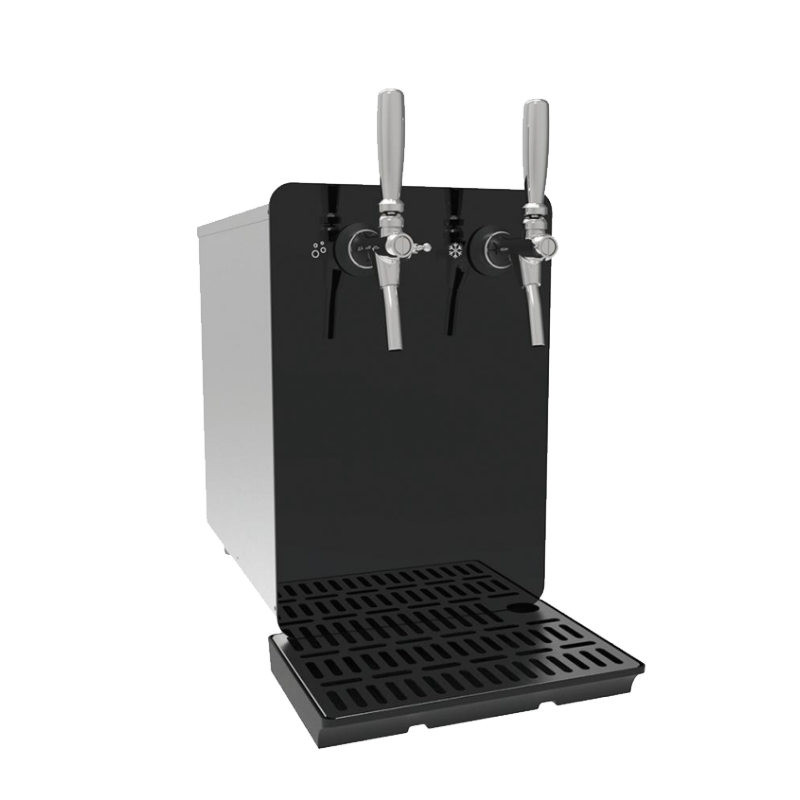
Maintenance accessibility is another key factor. Freestanding dispensers generally have easier access for filter replacement and interior cleaning, simply because they don’t rely on counter access or under-counter tubing. That said, many countertop models now feature top-loading or front-access panels that simplify upkeep without needing full removal from the surface. Smart layout planning during installation can further reduce service disruptions, making maintenance manageable on both types.
Installation flexibility varies as well. A HoReCa countertop water dispenser may require drilled access through counters for water lines or drainage, depending on the configuration. While this can slightly raise installation complexity, the benefit is a sleek, integrated appearance that keeps workspaces clear. Freestanding units offer plug-and-play simplicity if plumbing is nearby, but they may require dedicated floor space planning or even protection from high-traffic collisions.
Energy efficiency is not necessarily dictated by form factor. Many modern countertop and freestanding dispensers share internal components—compressors, heating elements, insulation materials—meaning their energy consumption profiles can be very similar. Still, countertop units can offer a slight edge in standby energy savings, especially when equipped with eco-modes or instant-on dispensing features that minimize heat loss.
Design aesthetics can also influence the decision. A sleek countertop unit, particularly one with a brushed stainless finish or touch-free controls, complements contemporary HoReCa interiors and sends a message of cleanliness and professionalism. While freestanding units have also become more design-forward in recent years, they can appear more utilitarian unless fully built into the interior layout.
From a logistical and supply perspective, choosing between these two types also affects spare parts handling and support planning. Countertop models may share components across different sizes or use modular internal assemblies that simplify servicing. As a manufacturer specializing in HoReCa countertop water dispensers, we’ve developed our series with streamlined maintenance and reliable replacement cycles in mind to reduce disruptions and support long-term operation.
Ultimately, both freestanding and countertop dispensers have a place in HoReCa settings, but their optimal use depends heavily on operational context. For compact spaces where efficiency, speed, and clean integration matter, a well-designed countertop dispenser offers a highly professional and practical solution—and a smart long-term investment in your water dispensing setup.





 Language
Language
 English
English Español
Español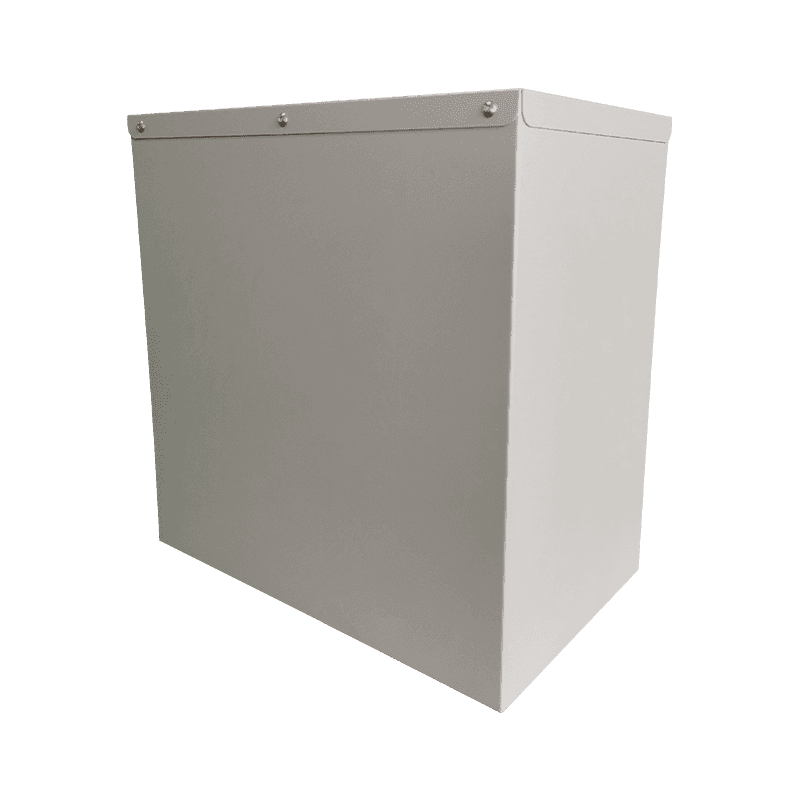

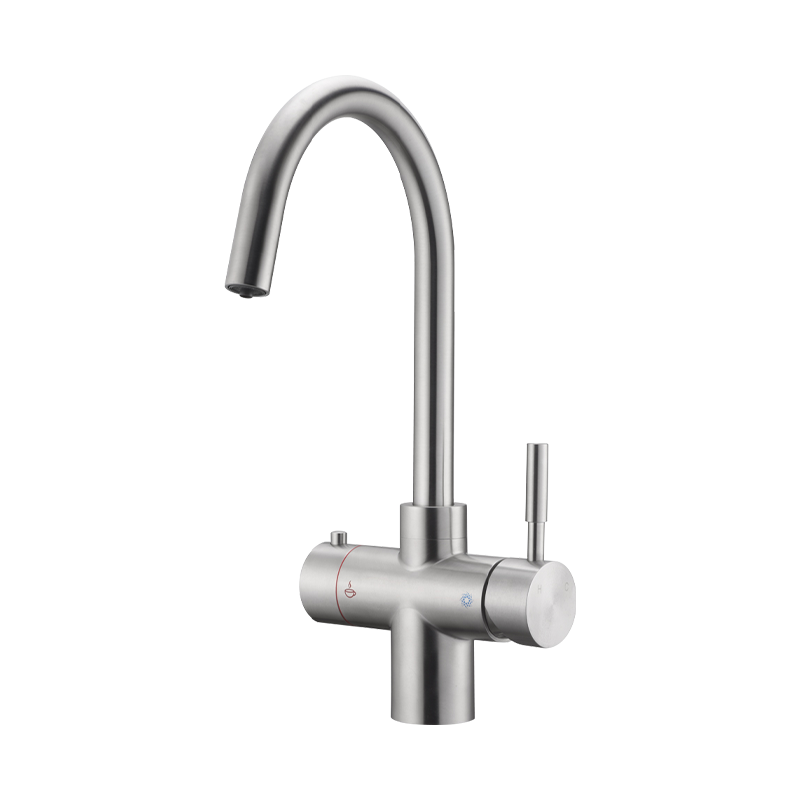

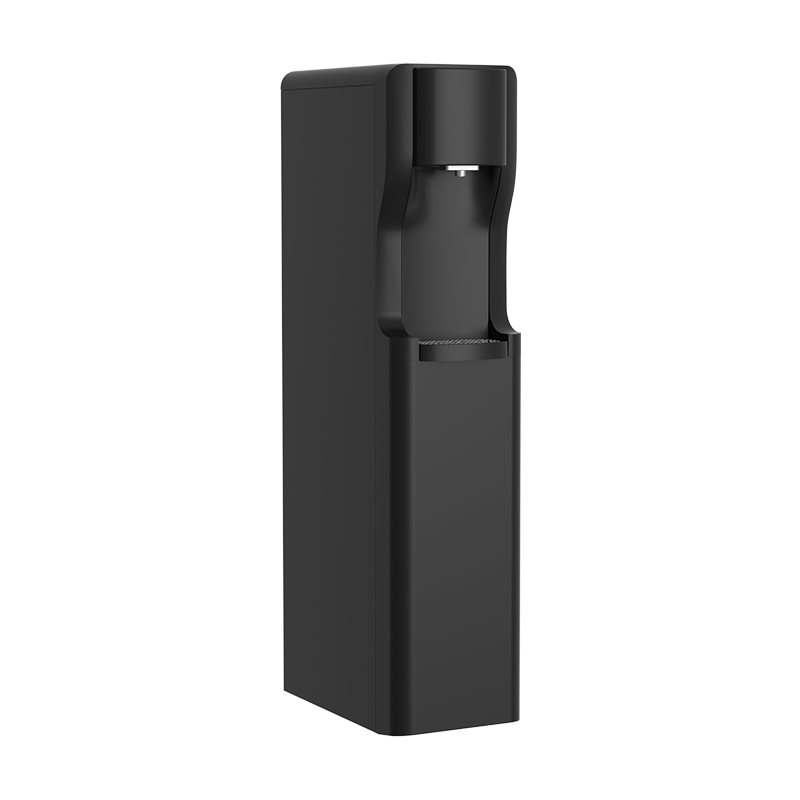

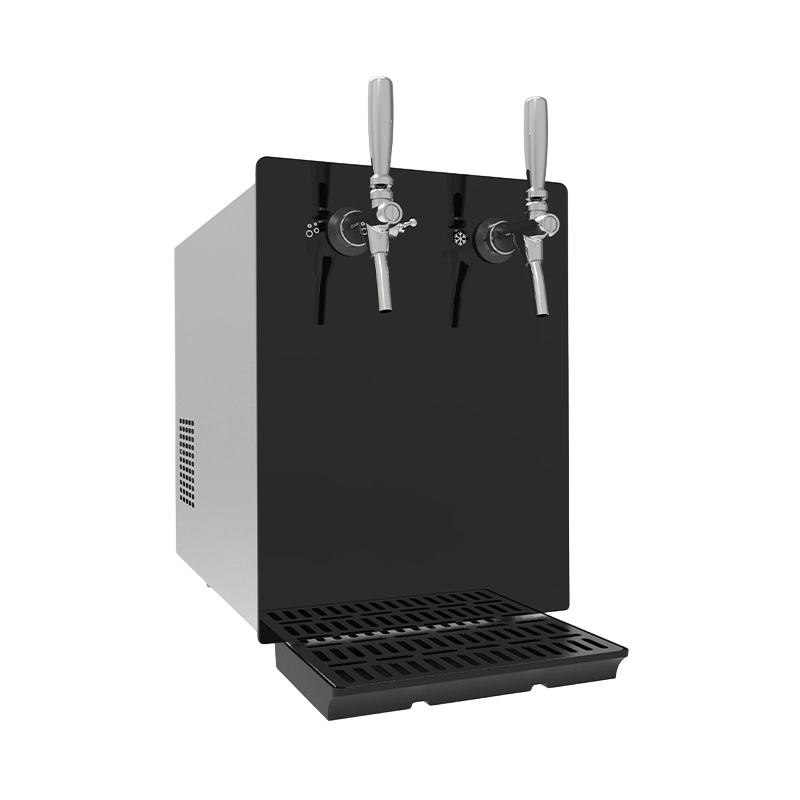
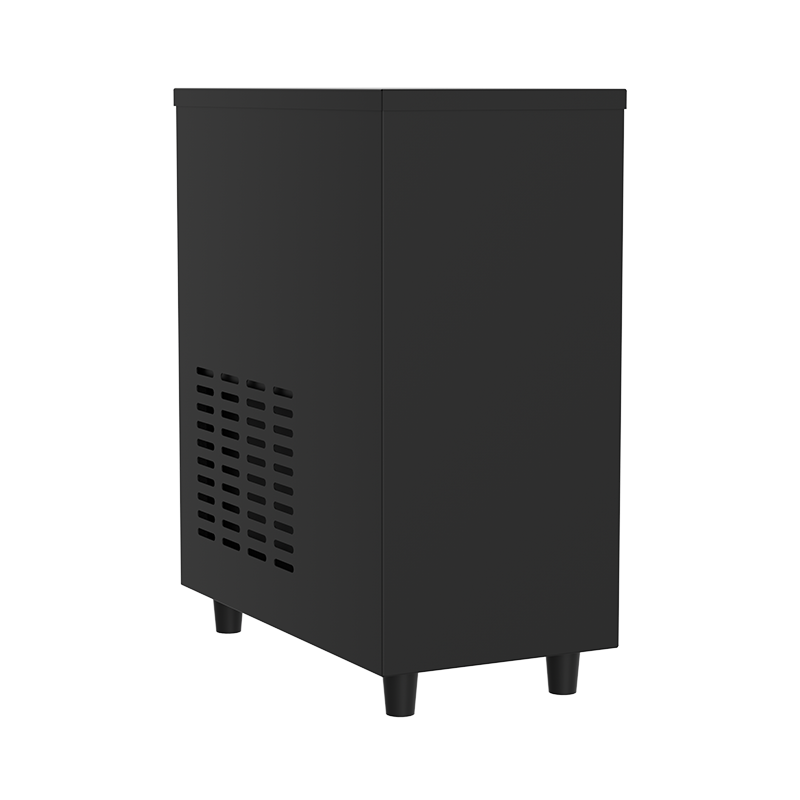
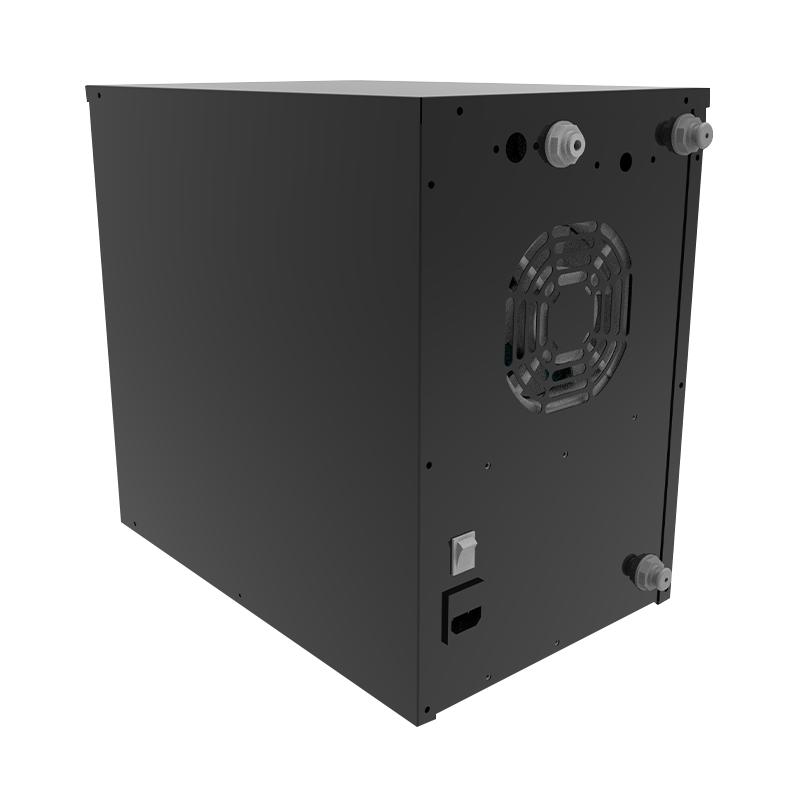
 ADDRESS
ADDRESS CONTACT
CONTACT EMAIL
EMAIL